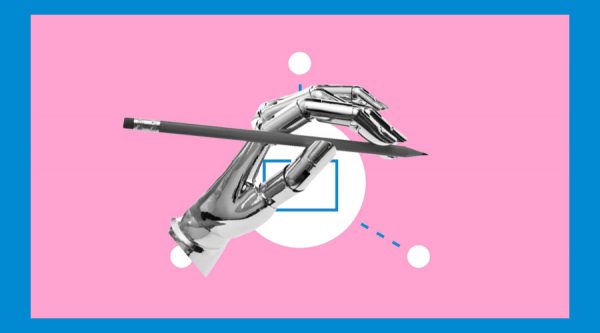Loans or advances that have been labelled as unsatisfactory, uncertain, or loss assets by a bank or other financial institution because they are no longer producing income are generally referred to as “non-performing assets” (NPAs). NPAs reflect a loss of value, which can result in decreased profitability and elevated risk, and they can be a considerable burden on the balance sheet of a financial institution.
The main causes of NPAs, such as late or missed payments, a poor credit history, a high debt-to-income ratio, poor management, fraud, changes in market conditions, etc., can be found using advanced analytics powered by machine learning (ML). In order to improve the overall performance of those assets, prevent future NPAs, and make more informed lending and investment decisions, strategies to do so can be developed using this information.
There are several techniques to analyse and anticipate NPAs using AI/ML solutions. A loan’s chance of becoming a non-performing asset (NPA) can be determined, for instance, by training machine learning algorithms on historical data to look for patterns and trends. Then, by analysing current loans and advances, these algorithms can be used to identify those that are most likely to default.
The ML methods Decision Tree, Random Forest, Support Vector Machine (SVM), and even Neural Networks can be used to analyse and forecast NPAs. These techniques can be useful in determining the underlying causes of NPAs and are frequently used to find patterns and trends in data. It can also aid in increasing forecast accuracy and be useful in determining the likelihood that a loan will become non-performing.
Neural networks are particularly good at predicting NPAs because they can analyse a lot of data and find intricate connections between several parameters. The particular requirements and objectives of the financial institution, as well as the peculiarities of the data being examined, will determine which ML algorithm is most suited for analysing and forecasting NPAs.
On a very high level, creating an NPA analytics system entails a number of phases, including data collection, preprocessing, analysis, model construction and implementation, etc. Of course, the process of assessing and enhancing the system is ongoing.
The gathering of information about the loans or advances that will be analysed is the first step in creating an NPA analytics system. These details could relate to the borrower, the loan’s conditions, how well it performed, how much money was repaid in the past, default rates, etc.
Once the data has been gathered, preprocessing is usually required to get it ready for analysis. This can entail removing any irregularities from the data and translating it into a format that can be used with ML algorithms.
The next stage is to employ ML algorithms to correlate, analyse, and find patterns and trends in the data that can suggest the risk that a loan will become a non-performing asset (NPA). This may entail leveraging previous data to train machine learning models, which would then be used to forecast how well current loans would perform.
The NPA analytics models can be put into use to track the performance of loans in real-time after the data has been analysed. In order to notify the appropriate stakeholders when a loan is in danger of becoming a non-performing asset (NPA), it may be necessary to integrate the analytics system into the existing Loan Management Systems (LMS) and set up alerts or notifications.
Additionally, it is crucial to regularly assess the NPA analytics system’s performance and make any required adjustments to guarantee its accuracy and efficacy. This could entail adding fresh data sources, experimenting with other AI techniques, or changing the algorithm’s settings. Overall, AI/ML has the potential to revolutionise the field of NPA analytics, and many banks and financial institutions are already making use of these incredible tools as part of their mitigation strategies.









